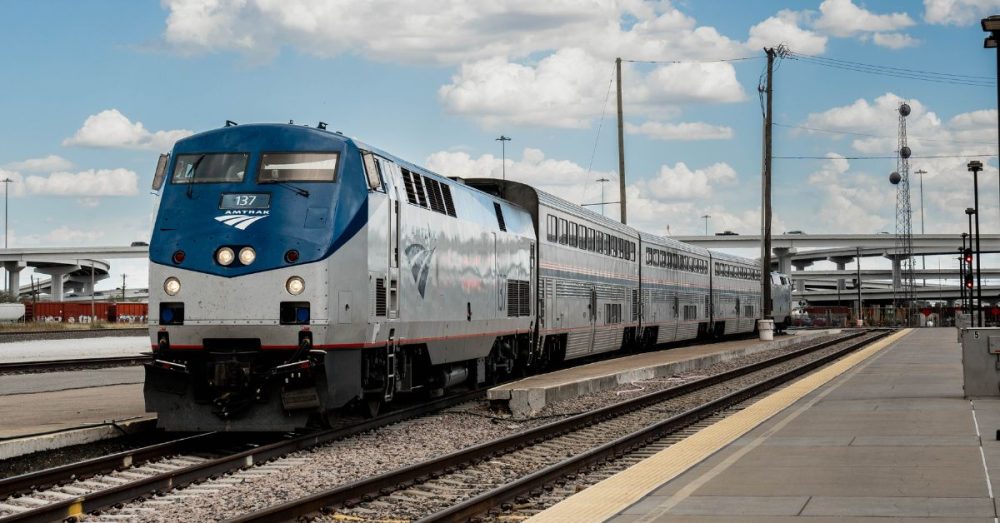Amtrak may have begun in the 1970s, but some tunnels the trains run through date back to the 1870s.
In fact, according to Fortune, some trains use infrastructure so old that it may have been used by Civil War vets and even helped some of the earliest settlers of the West.
“Right now, we’re primarily trying to claw 19th-century and 20th-century assets and pull them into the 21st century,” Amtrak CEO Stephen Gardner told the publication in May, describing how the national passenger railroad company is trying to update its infrastructure. “We’re still operating basically, in many respects, a 19th-century railway network that we’ve incrementally improved.”
The New York Times reports on how aging Amtrak equipment keeps breaking down, and the enormous costs and time involved in trying to update things. Here’s the start of the story:
It was just before rush hour on a Thursday afternoon, and all of the trains between Philadelphia and New Haven, Conn., were at a standstill. But the alert Amtrak sent out did little to calm seething commuters: All it said was that service was suspended because of an “overhead power outage.”
What it did not mention was that a giant circuit breaker — a critical piece of Amtrak’s system for powering trains along the nation’s busiest stretch of passenger railroad tracks — had blown up a few miles from Midtown Manhattan, causing catastrophic damage to an electrical substation and wreaking havoc up and down the Northeast Corridor.
The heat from the explosion seared the paint off the side of the circuit breaker’s metal housing. It melted pins holding insulators on top of it, an Amtrak official said, and severed a critical ground wire. Those breaks sent the high-voltage electric current running haywire, electrifying the whole of the substation’s steel structure. The current then shot through cables back to a control room housed in a ramshackle trailer that, fortunately, was unoccupied.


